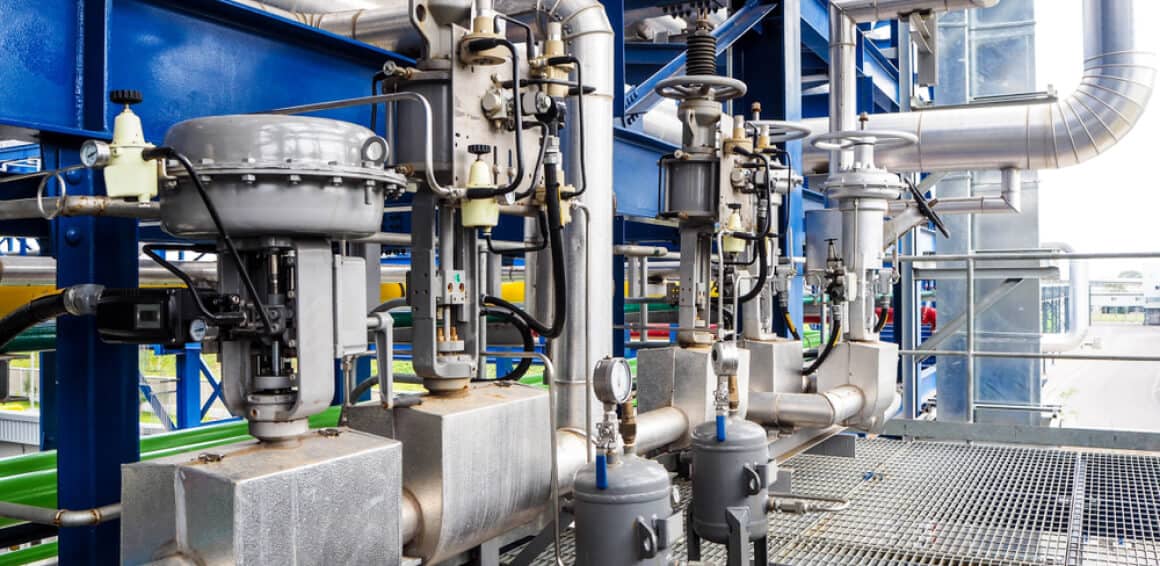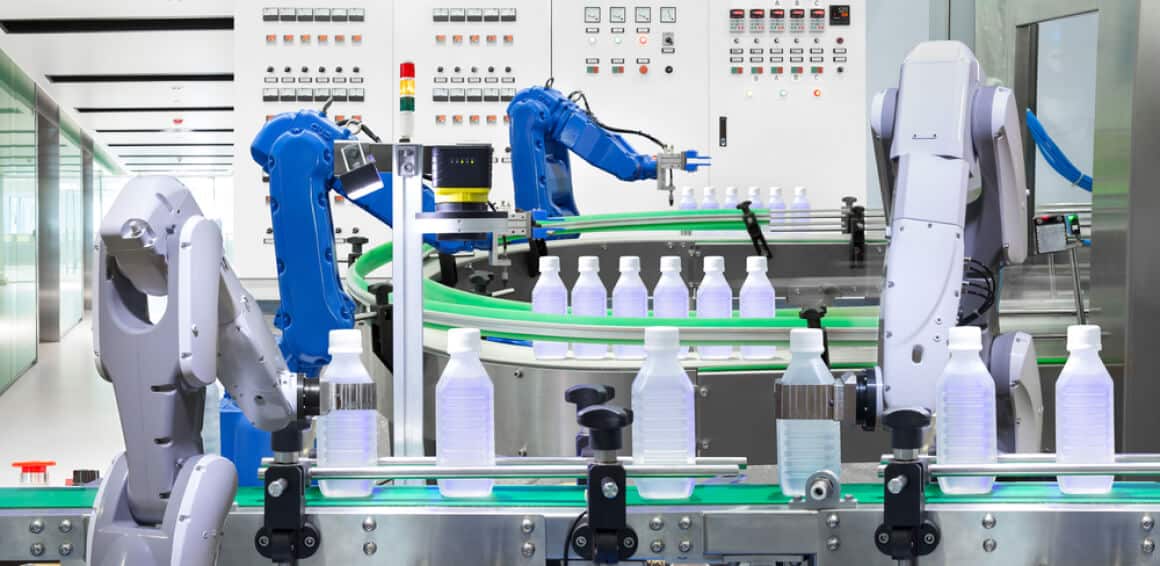What are the best protocols for SCADA?
Time series protocols win this challenge hands down every time. Today, the most established over the air protocol for distributed SCADA systems is DNP3 (Distributed Network Protocol Version 3). A close second and very popular for IoT is MQTT (Message Queuing Telemetry Transport).
DNP3 is a communications protocol used in SCADA systems for industrial automation. DNP3 was developed specifically for use in the electric utility industry to monitor and control power distribution systems, but it has since been adopted by other industries such as water/wastewater, oil and gas, and transportation.
The DNP3 protocol is designed to provide reliable and secure communication between remote devices and a central monitoring and control system, such as a SCADA or Distributed Control System (DCS). It is designed to operate in harsh and noisy environments, such as those found in industrial facilities, and can handle communication over a variety of media including radio, telephone lines, and satellite.
DNP3 supports a variety of data types, including analogue, digital, and status information, and allows for efficient transmission of data through its use of polling and event-driven mechanisms. DNP3 also includes features such as time synchronization, data authentication, and encryption, to ensure the reliability and security of communication.
MQTT stands for Message Queuing Telemetry Transport, which is a lightweight messaging protocol designed for use in Internet of Things (IoT) and other low-bandwidth, high-latency, or unreliable network environments. MQTT is designed to be efficient and easy to implement, making it ideal for connecting devices that have limited processing power and memory.
The MQTT protocol works by using a publish-subscribe model, in which devices that publish data to a broker, which then distributes the data to one or more subscribers. The broker acts as a central hub for the communication, enabling devices to send and receive messages without directly connecting to one another.
MQTT is often used in industrial automation to connect sensors, controllers, and other devices to a central monitoring and control system, such as a SCADA or Distributed Control System (DCS). MQTT is particularly useful in remote or hard-to-reach locations where traditional communication methods may not be feasible.
MQTT has several advantages over other messaging protocols, including its lightweight design, support for Quality of Service (QoS) levels, and efficient use of network bandwidth. It is also highly scalable and can handle large numbers of devices and messages.
There are common protocols to choose from, however, with the exception of the real time protocol Modbus, they are less common, and this means more challenging to support and maintain. Even though DNP3 is very well established by many vendors, vendors sometimes do not have their interfaces independently certified. Vendors sometimes develop their own “protocol stack” from scratch. This means to ensure full compatibility with other certified products, either certification or thorough testing must occur each time you choose to use a new device or software application combination.











